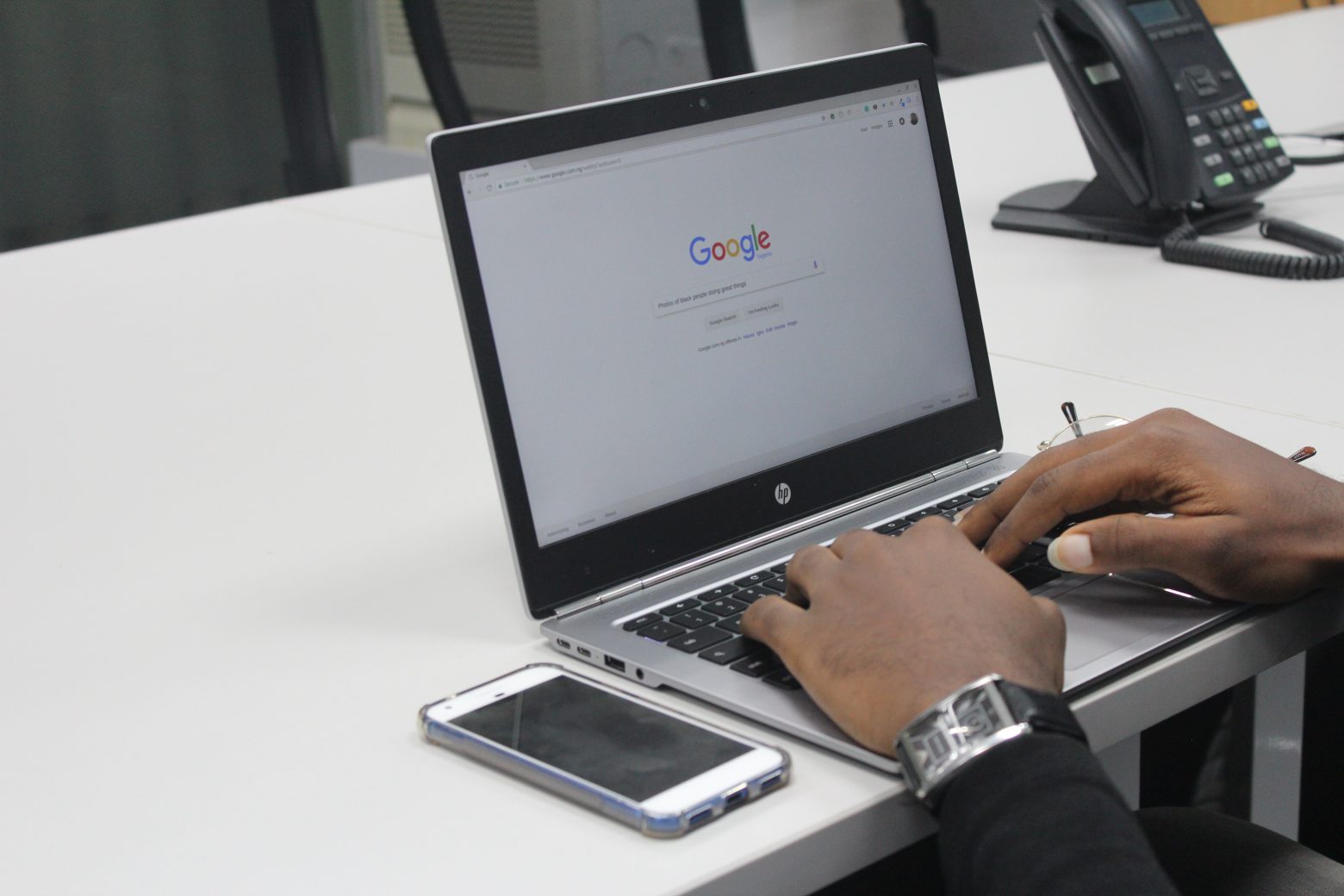How A/B testing impacts SEO? Best practices to avoid unexpected surprises

If you ever thought of starting A/B experimentations on your website you might have asked a reasonable question – “How do these actions impact my SEO?” We know that search robots consider more than 200 ranking signals to compose search results. Which of them can be affected by running tests and what can we expect – diminished or improved results? In this article we’ll dive deeper into the relationship between A/B testing and SEO and provide best practices on how to set up experiments that won’t hurt your search efficiency.
What are A/B and Multivariate Testings?
A/B Testings or Split tests refer to experiments in which you create a variation or several variations of a website page and distribute traffic between them in order to find out which of the variants works better based on the results. Some of the most common testing areas are heading and CTA texts, element colors, hero images, and fonts. Usually traffic between variations is distributed via different URLs for each page. When users try to access the original URL part of them is redirected to experiment pages.
Multivariate tests use a more complex scheme where you dynamically test combinations of changes on the page and explore which set of elements and structure works best. For example, the original title and a new button color, or a new title with the original color. This type of testing allows finer tuning and consideration of potential synergies between the tested changes. Only one URL is involved, and changes appear on the page in real-time with the appliance of Java Script.

Learn more about A/B testing and setting up your first experiment in this article: Why is A/B Testing Crucial for Your Business?
How do A/B Testings Impact SEO?
So, how does A/B testing affect Search Engine Optimization? The first thing to know is that search engines support experimentations and encourage site owners to run tests. In fact, Google even has its own tool to set up and run experiments – Google Optimize.
The ultimate goal of search engines is to provide users with the most valuable, relevant, and useful search results. Moreover in 2021, Google announced that page experience signals (the experience your visitors get from the page) had become a major factor in Google Search Rankings.
Since the tests are also aimed at the ultimate improvement of the user experience, we get a win-win situation. But what’s the catch then?
The peculiarity of the relationship between testing and SEO is that pages are indexed by search robots, not people. You must be careful not to confuse the crawlers and show that you are running experiments – not committing dishonest actions or leaving blunders on your website.
We should note here that testing is often carried out on conversion pages that are usually not the key SEO pages. These are the pages like Pricings, Talk to Us, etc. They are not aimed to serve both SEO and Conversion goals and usually don’t target any specific keywords.
Regardless of which pages you are experimenting on, we recommend you to learn below which possible risks you can avoid, and some best practices to use in your testing efforts.
Now then, let’s take a closer look at the risks that A/B testing can carry in terms of SEO and what can be done to mitigate them.
Risk 1. Cloaking
If the content on your original page and variation pages differ too significantly, your actions may be mistaken for Cloaking. Cloaking is an unscrupulous practice of page spoofing, when one version of the site is shown to GoogleBot, and another version is shown to live users. Cloaking is against Google’s Webmaster Guidelines and may lead to pages being downgraded or entirely excluded from the search results.
Risk 2: Duplication
Since most of the experimentations assume minor changes (and remember we don’t want to get into cloaking with too many differences), the rest of the content stays the same. Without proper content management, that may lead to duplication issues and get penalties on search rankings.
Risk 3: Redirection
In cases when you use different URLs for your experiment, GoogleBot can occasionally land on the original page version or its experiment variation. This will cause confusion between which version is the primary one and should be indexed to appear on search results for the targeted keywords.
Risk 4: Web Loading Performance
Site speed is included in page experience signals and is directly related to organic ranking. Unfortunately doing experiments can introduce some delay because the running tests cause additional requests when a website is being requested and the resulting back and forth takes time. In most cases, these speed delays will not be noticeable to your end users and will not affect the loading of the “core” elements of your website. However, lags can and do happen.
If this doesn’t sound encouraging, here is some good news for you – all of these risks can be minimized with seven basic steps to follow.
How to create experiments that won’t corrupt your search rankings

1. Be accurate with creating completely different pages
Minor changes between pages for testing purposes usually do not cause any problems for search engines. However, if your variations of the page have significant differences, for example, the main theme of the original and the tested page do not match – you are at high risk of getting a red flag. Do not try to replace the travel page with an insurance offer and keep your tests at least within the same topic (and keywords as well).
2. Use rel=”canonical”
If you’re doing A/B testing with multiple URLs, Google recommends adding a rel=”canonical” tag to all of your alternate URLs to indicate which page is the original and preferred one.This will help to avoid mistakes when search engines choose a test page for indexing, taking it as the original version.
Remember that a tag is a signal, not a directive. Make sure the rest of the internal links and the sitemap also point to the original page to give search engines a clear idea of which version is the primary one.
Google recommends using, rel=”canonical” rather than the “noindex” meta tag as it is more in line with your intent. You don’t want search engines to not index your pages, you just want them to understand that all the test URLs are variations on the original one and should be grouped as such.
In addition, the use of the “noindex” tag comes with its own risks. The search engine may choose its own canonical tag based on other signals from your website, and it may be an alternate URL rather than the original. However, if you don’t index this URL variation, Google will remove this page from the index and ultimately none of the versions will show up in search results because the rest of those pages will be grouped together as duplicates.
Blocking test pages via robots.txt is not a good idea either. Search engines need to see the differences between page variations in order to be able to honor canonical tags. Blocking test pages in the robots.txt file can be considered cloaking, as you prevent search engines from seeing a version of the test page for users that is different from the version they have access to.
3. Use 302 redirects, not 301
If you’re running tests that use URL redirects make sure that you use 302 (temporary) redirects rather than 301 (permanent). This will give search engines a signal that these redirects are here only for the time while you are running experiments, and the original URL should be kept in index. JavaScript redirects here are also fine.
4. Minimize testing impact on performance
There are many ways of minimizing the experiment’s effect on your website’s loading performance. Consider using a mix of the following:
- Set the tracking script to run asynchronously. This way it loads at the same time and doesn’t slow down the page.
- Implement DNS-prefetch and preconnect tags for additional speedup. Preconnect allows the browser to establish early connections before actually sending the HTTP request to the server. This includes DNS lookups, TLS negotiation, and TCP handshakes. This, in turn, eliminates communication latency and saves users time.
- Enable lazy loading to allow experiments to run asynchronous (e.g. below the fold).
- Use your own CDN to make sure your site doesn’t have an extra external dependency. You can choose a CDN provider that matches your current CDN contract and guarantees servers as close to your visitors as possible. This will allow your own servers to optimize download times as they have full control over the content served.
- Move your experiments to the server-side. A/B Testings can be deployed not only on the client-side, but the server-side as well. When implemented on the server side, tests do not affect performance in any way.
5. Retain the original page and make updates on it
When you are testing using different URLs, don’t deactivate the old page if the alternate version has won. Update the existing page with the changes that were made to the more efficient variation. This way you will keep the SEO juice of the original URL and won’t lose your previous achievements.
If updating an existing page is not possible, put a 301 (permanent) redirect on the winning page. This will allow the ranking signals to flow to the new page and eliminate the risks of duplication.
6. Run tests only as long as necessary
How long it takes to test depends on many factors, including what you’re testing on and how much average traffic your website receives. It’s important to remember that search engines have expectations about the length of your experiments. Tests that crawlers determine to be unreasonably long may be perceived as an attempt to deceive search engines, followed by regulatory action.
To have an idea on the appropriate duration you can use these two conditions:
- Two weeks have passed and you were able to take into account the cyclical fluctuations in traffic during that time
- One of the variations has reached a 95% chance of winning
Once your testing is complete, make sure that all the elements of the experiment, such as alternative URLs, test scripts, and markup are removed from the website.
7. Avoid experimentation during significant site changes
Migration or restructuring of the site is not the best time for testing. These big changes will make it difficult for search engines to properly process signals from your site and see the big picture, which will ultimately affect which pages can be indexed and how quickly.
Let’s Discuss!
Concerns about the impact of A/B experiments on search rankings are justified. Simply applying the best practices outlined above when setting up your testing can help you to avoid unexpected surprises.
At the same time, experimentation done correctly opens up many opportunities to improve the user experience and performance of your website. Taken together, this will ultimately have a positive effect not only on CRO, but SEO performance as well.
Do you conduct tests within your websites? Have you noticed how experiments affect your search performance?
Our team of CMS, DXP, & Ecommerce experts are always ready to discuss your business goals and possible technological solutions based on the best platforms on the market.
Contact us to arrange a call and discuss your needs in more detail
